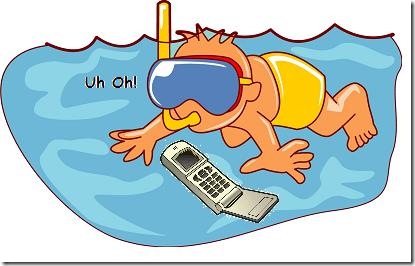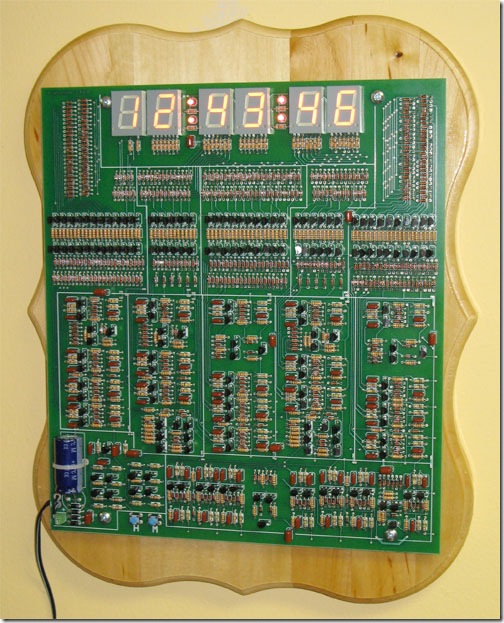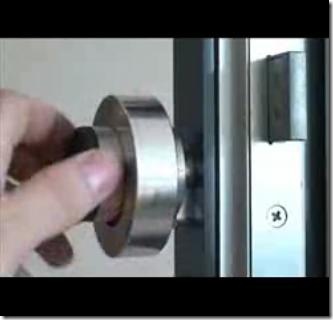
What do you do if you spill liquid on your laptop?
A lot of NerdBeach readers no doubt eat and drink while they are using their laptops, and spills do happen, regardless of our attempts otherwise. Common sense advise, such as those we gave for an accidental cell phone dunking, should be followed.
Opening up a laptop can expose the user to high voltage and potentially life threatening situations, and the combination of liquid with power can cause fires and other damage. Nerd Beach does not warrant the information contained here, and any action you take should be considered done on your own behalf. If you are not 100% sure of the actions to take and the actions to avoid, please seek professional assistance.
A quick rundown:*
1. DO NOT POWER UP THE DEVICE AS A TEST. Water compromises an electrical circuit, and adding power at this point will more than destroy the device.
2. Remove the battery from the laptop (if possible). This assures that it will not accidentally power up as well as stop any other electrical activity from taking place while wet.
3. Remove all water from the laptop as quick as possible. First shake, then use a towel and get the major water off the machine. Do not use a blow dryer or other forms of heat, since this will ruin the electronics and the display, as well as possibly warp the laptop itself. Instead you can use compressed air and blow ACROSS the laptop, pulling water out form the device in the same manner it entered. A wet dry vac is great to use as well.
4. Disassemble the laptop, and separate it into the major pieces. Depending on the liquid source it might be prudent to rinse the components that were exposed, since any salts or sugars left behind after the drying process could short out the circuit, causing damage or fires. Do not rinse or introduce any additional water if not required, but if it was covered in wine, juice, saltwater, etc. you need to get the residue off any boards affected. Rinse the affected components with distilled water (please no mineral water).
5. Allow the components to completely dry, at least overnight. You can consider placing the mother board and other electronics in a container with some form of desiccant, such as silica gel packs or, in a pinch, uncooked dry rice. Leave it there overnight.
6. Reassemble the laptop, insert the battery, and with your fingers crossed flip the switch on. With luck the machine will boot up, but at this point you are no worse off for trying. If it does not boot up, check connections , verify the battery, and retry. Hopefully you will find everything working, but if not be prepared to accept the fact that a lot of warranties do not cover water damage.
The video below illustrates a computer that had wine and lemonade poured on it, and yet was cleaned and continued to work., Please note the first action they take, which is to pull the battery (if possible). I hope you never have need of such advice, but if you do please remember, above all else, Do not power up a wet computer if not designed for it.
For more information, we suggest checking out Grynx.com‘s excellent writeup on actions to take when accidentally spilling liquids on your laptop.



 The electronic door lock has become popular as a high-tech means of securing property and possessions. Nerd Beach presents this article as a service to those of you who use such locks and do not have knowledge of the simple magnetic ring, known as the "Ring of the Devil"
The electronic door lock has become popular as a high-tech means of securing property and possessions. Nerd Beach presents this article as a service to those of you who use such locks and do not have knowledge of the simple magnetic ring, known as the "Ring of the Devil"